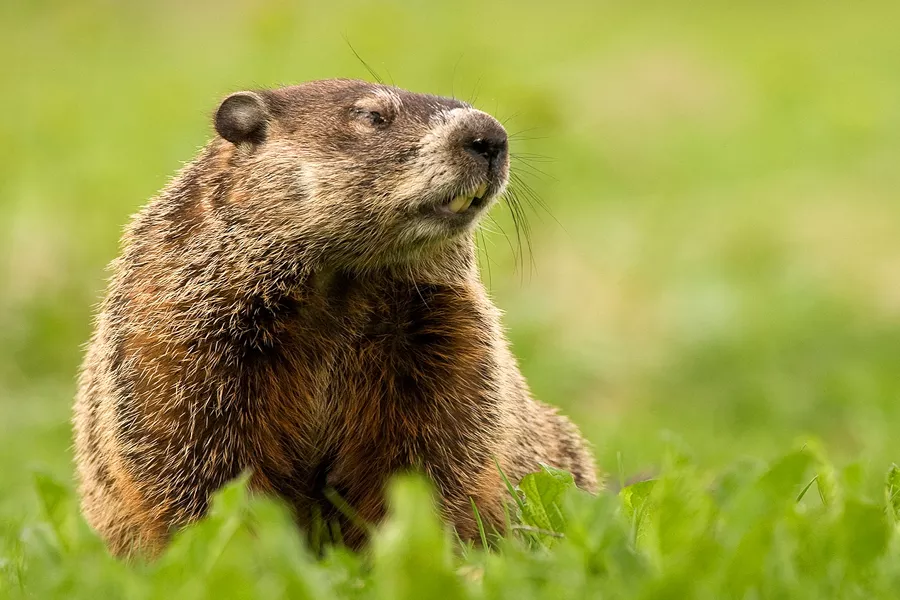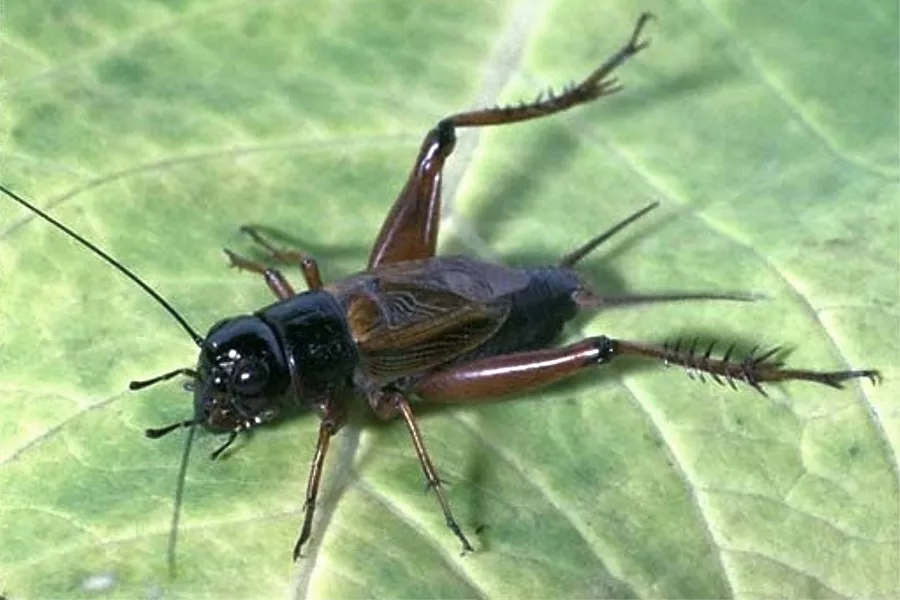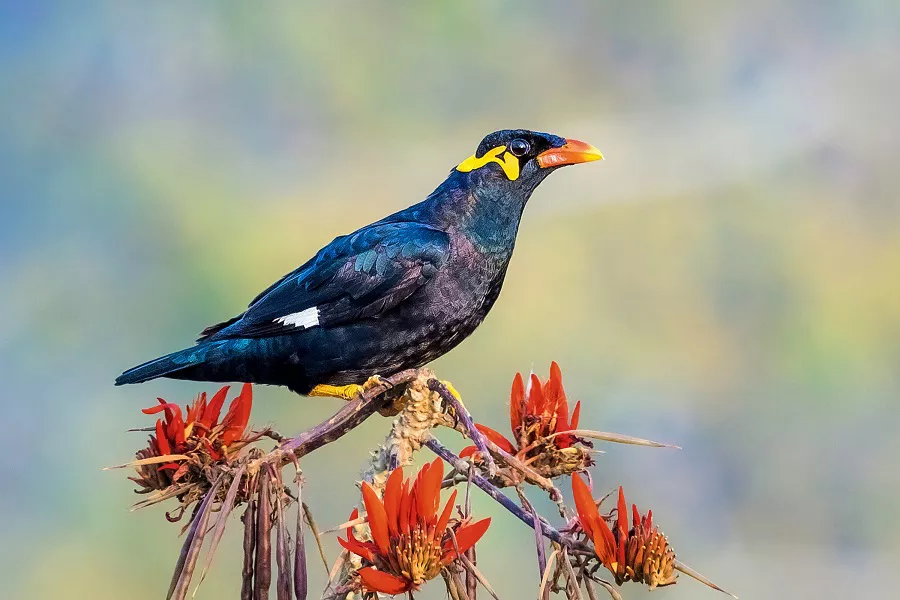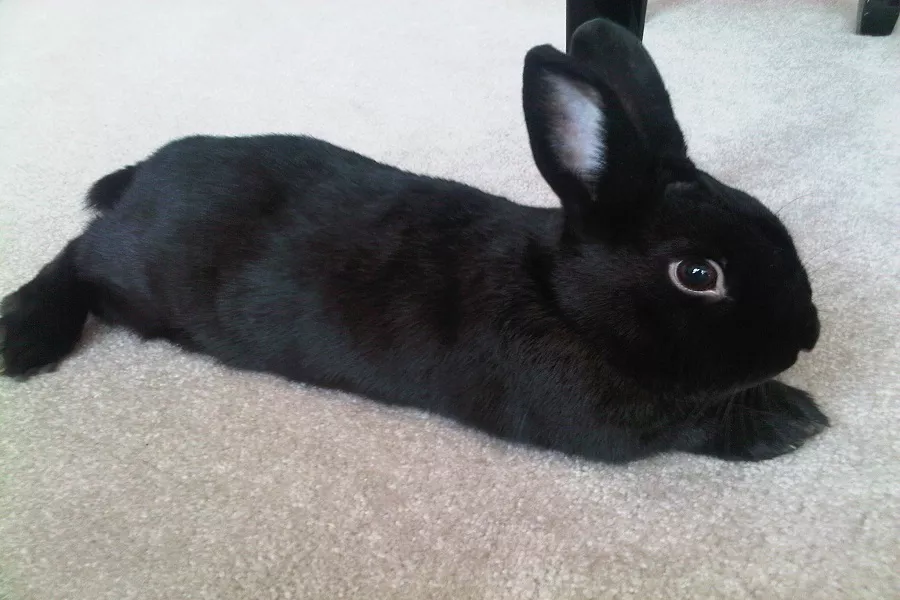What is a groundhog?
Groundhog is one of the rodents, the genus Marmot, also known as the groundhog grass otter, also known as Hara, snow pig, Quwa (Tibetan). Similar to rodents in appearance and way of life, it is the largest of the squirrels, and is a terrestrial and burrowing herbivorous and hibernating wild animal. The marmot is thick and fat, with a thick neck and a broad snout, small ears and small eyes, thick and short limbs, hard claws, and a short and flat pine tail. Due to the potential of potent bacteria and damage to pastures, it has always been blacklisted by the disease control and plant protection departments for monitoring and killing.
What does a groundhog look like?
The body length is 30-60 cm, and the largest individual has a body length of nearly 60 cm and a weight of 3-7 kg, with a maximum weight of more than 7.7 kg. It has a series of morphological characteristics suitable for burrowing and living: short and thick body, no neck, short and thick limbs, short tail and ears, thick skull, wide and low interorbital area, large supraorbital spur, high bone ridge The tendons of all parts of the body are developed and powerful. Body hair is short and thick, and coat color varies by region, season and age. The molars (including premolars) are 5/4 on each side of the jaw, there are 5 upper molars, and there are no skin wings between the front and rear limbs.
groundhog living habits
The groundhog inhabits various grasslands and alpine meadows in plains and mountains. They live in clusters and have strong digging ability. The tunnels are deep and complicated, and they are mostly dug under rocky slopes and valleys and bushes. A large amount of sand and rocks pushed out of the hole are piled up near the mouth of the cave, forming a marmot mound. It is active during the day, eats a large amount of food, eats a lot of fine pastures every day, is resistant to hunger, does not drink water, and prefers to eat juicy feed with high water content. Wild marmots mainly feed on the leaves and stems of sedges and grasses, and the flowers of legumes, and have seasonal changes, and are omnivorous under feeding conditions. Groundhog is easy to domesticate, does not hurt people, is not heat-resistant, is afraid of exposure, and has strong disease resistance. When the temperature is below 10 ℃ for a long time, it will hibernate naturally, and the time can be as long as 3-6 months. When the temperature warms up, it will naturally wake up.
groundhog feeding
Mating and breeding shortly after birth. Young otters are sexually mature in their third year. Breed once a year, and enter the breeding period soon after the sting, and start to mate, which lasts for about 1 month. Individuals are extremely active, often chasing holes and chasing, mainly for sexual activities, eating for a short time, rarely alert, and have a wide range of activities, especially the individuals with adult males participating in reproduction are the most active. Pregnant females can be found in mid-April. The gestation period is about 35 days. Each litter produces 1-9 cubs, and 4-6 are the most common.


























